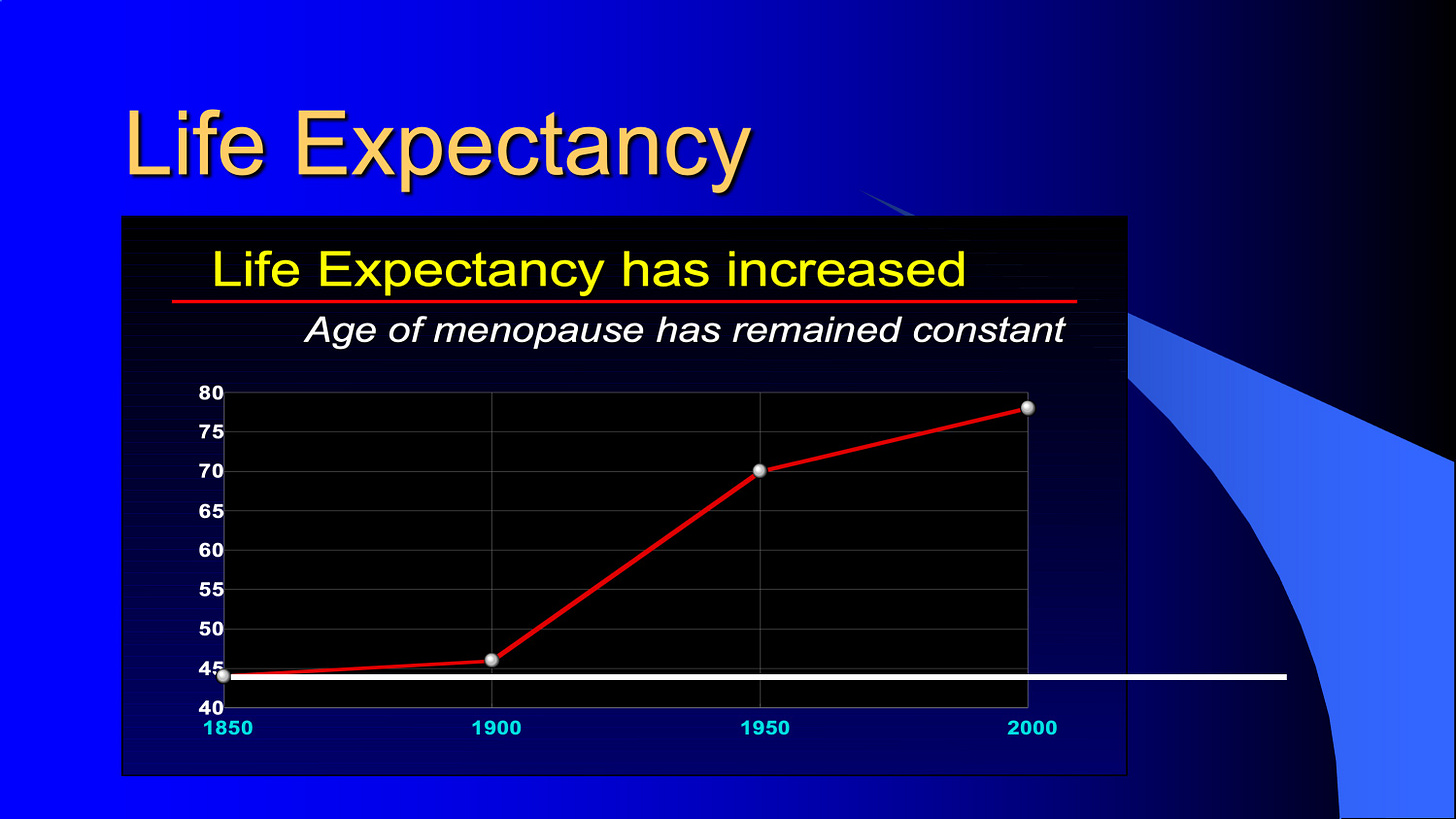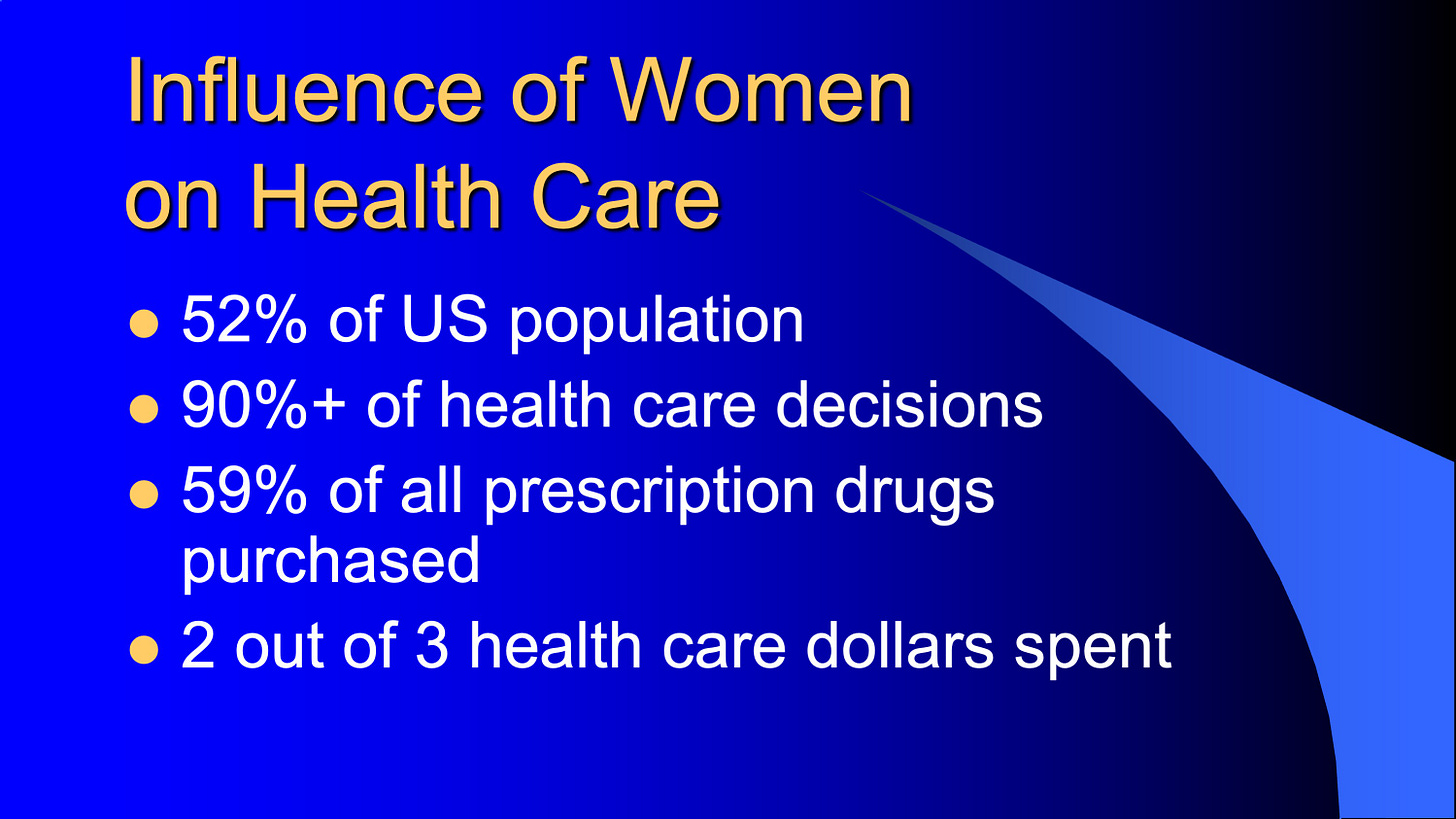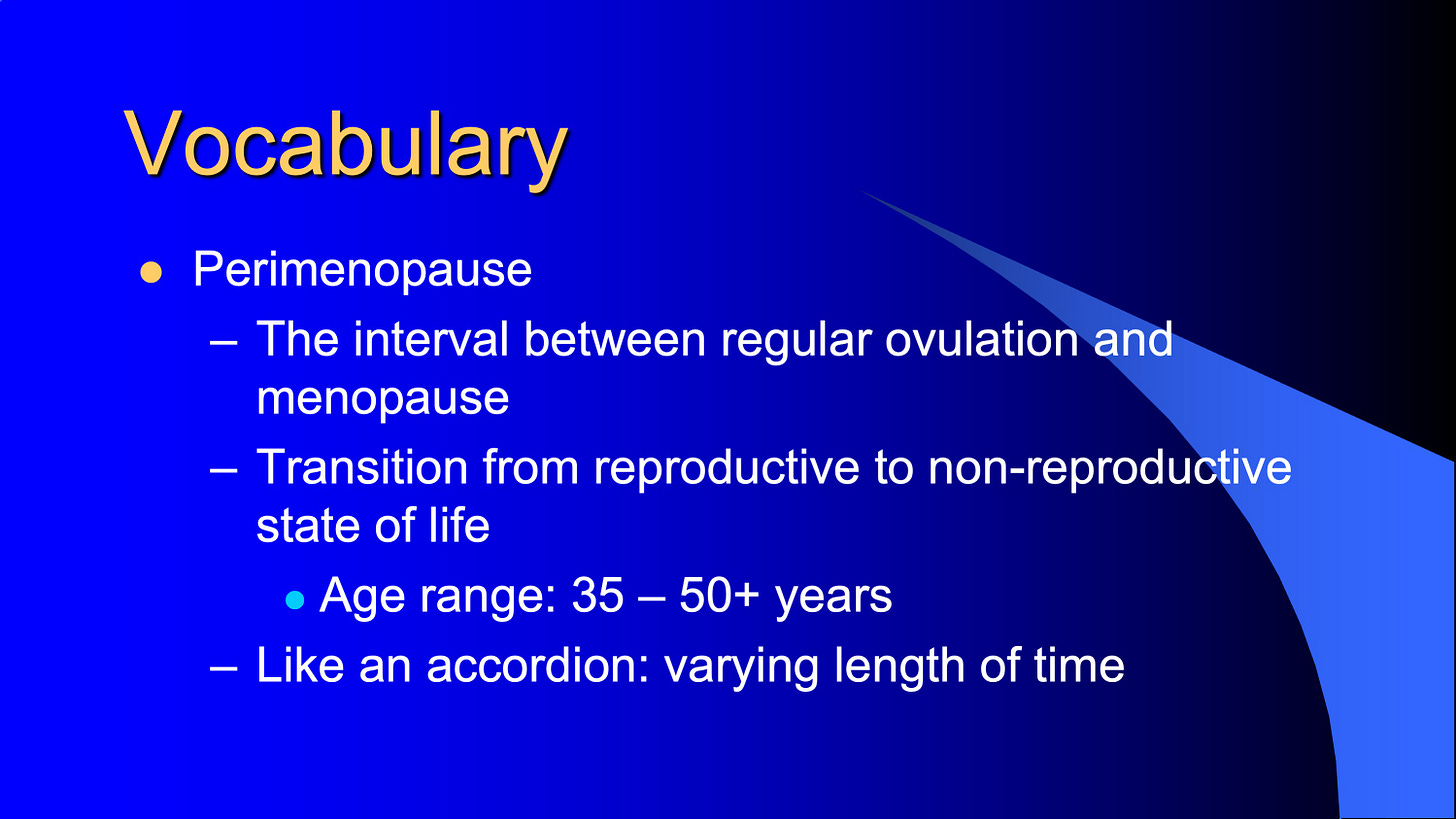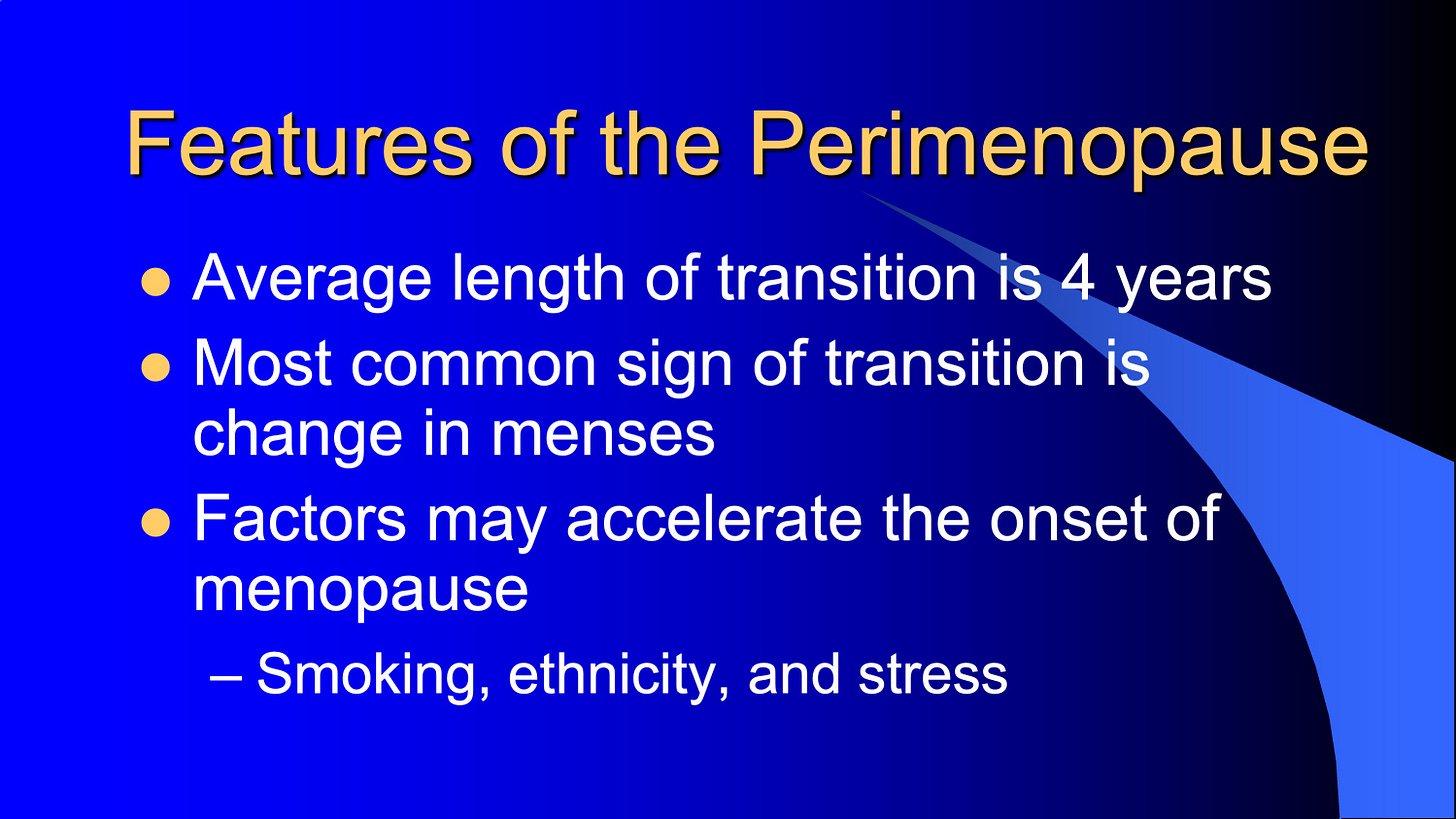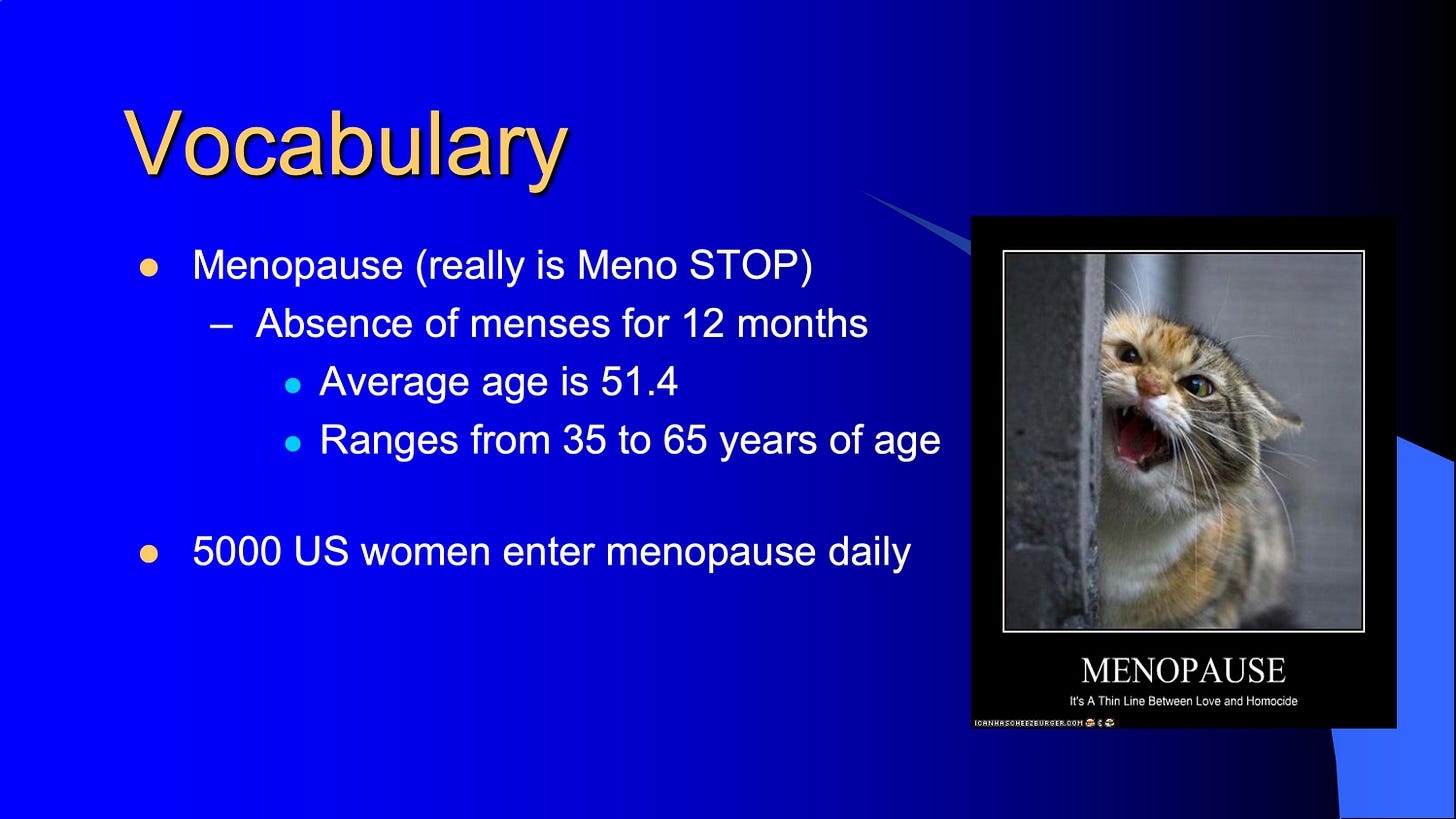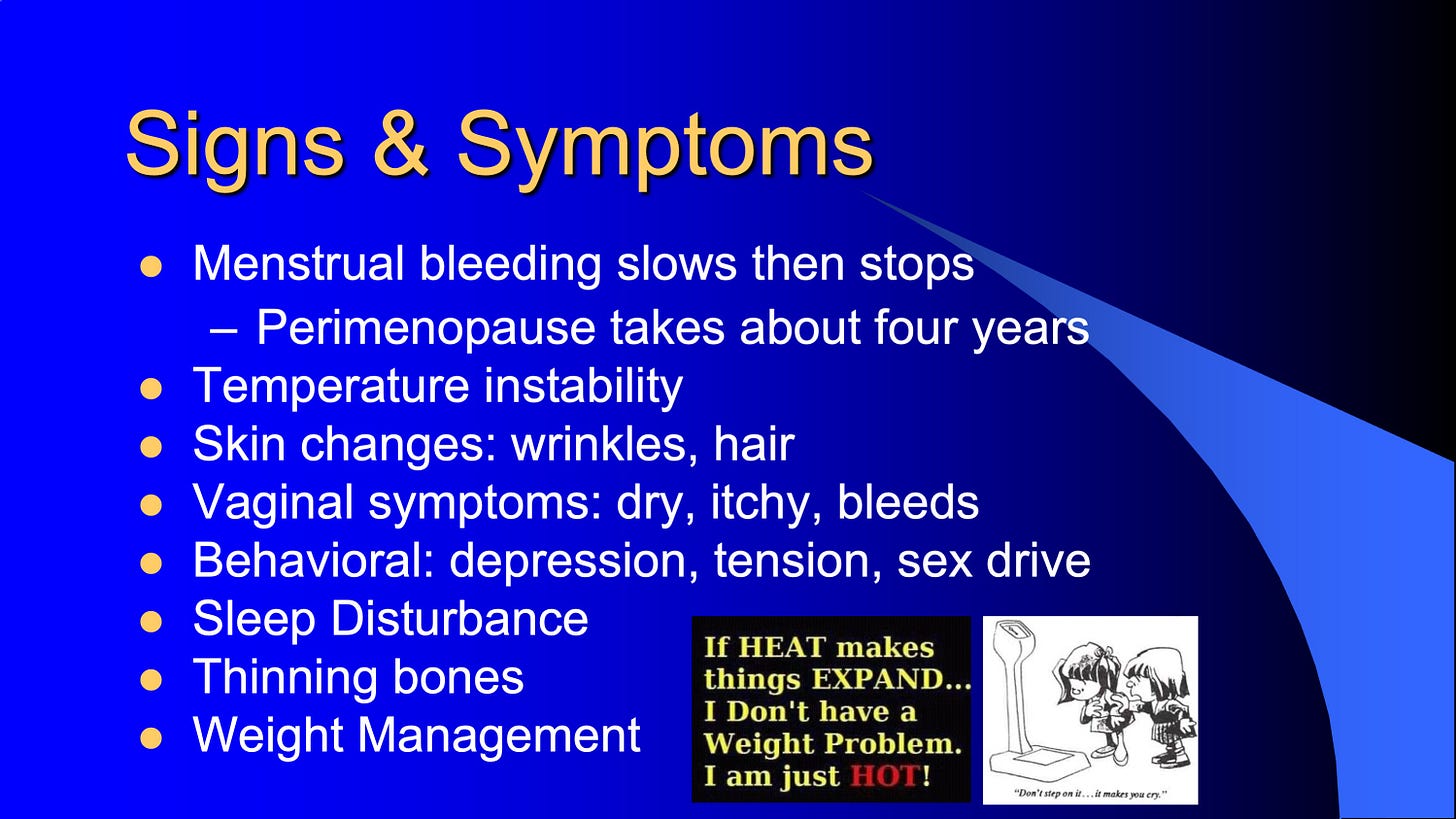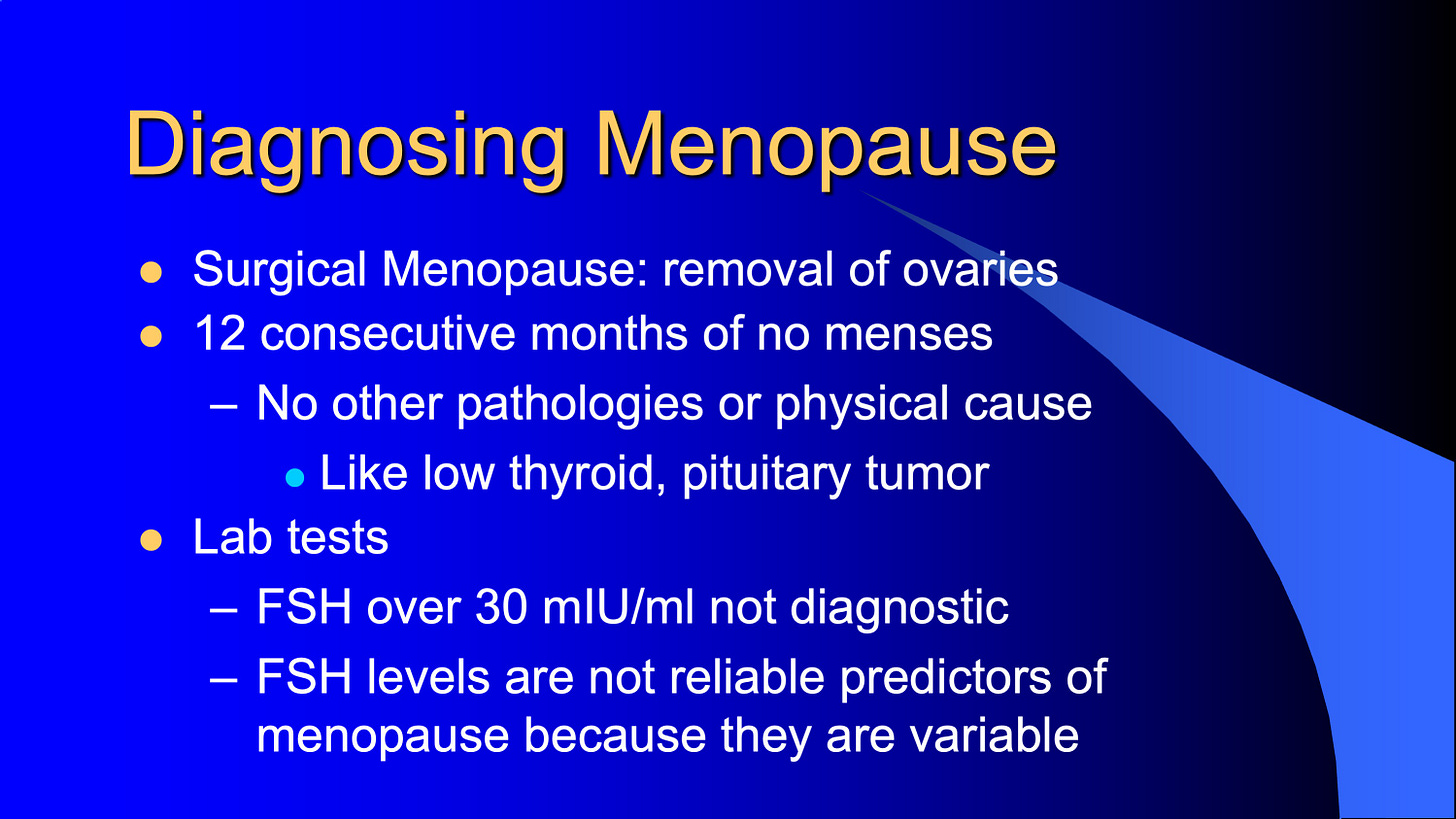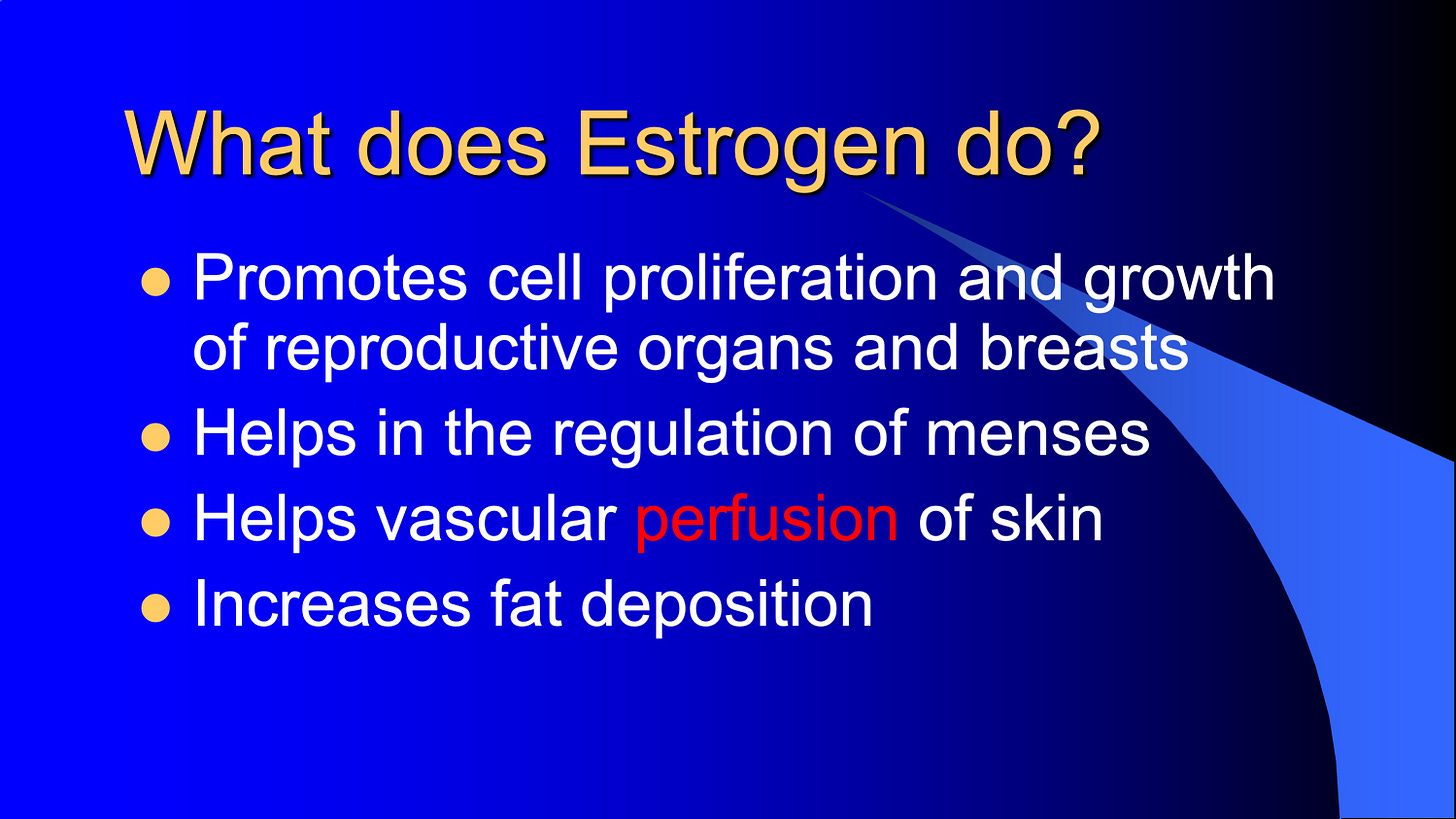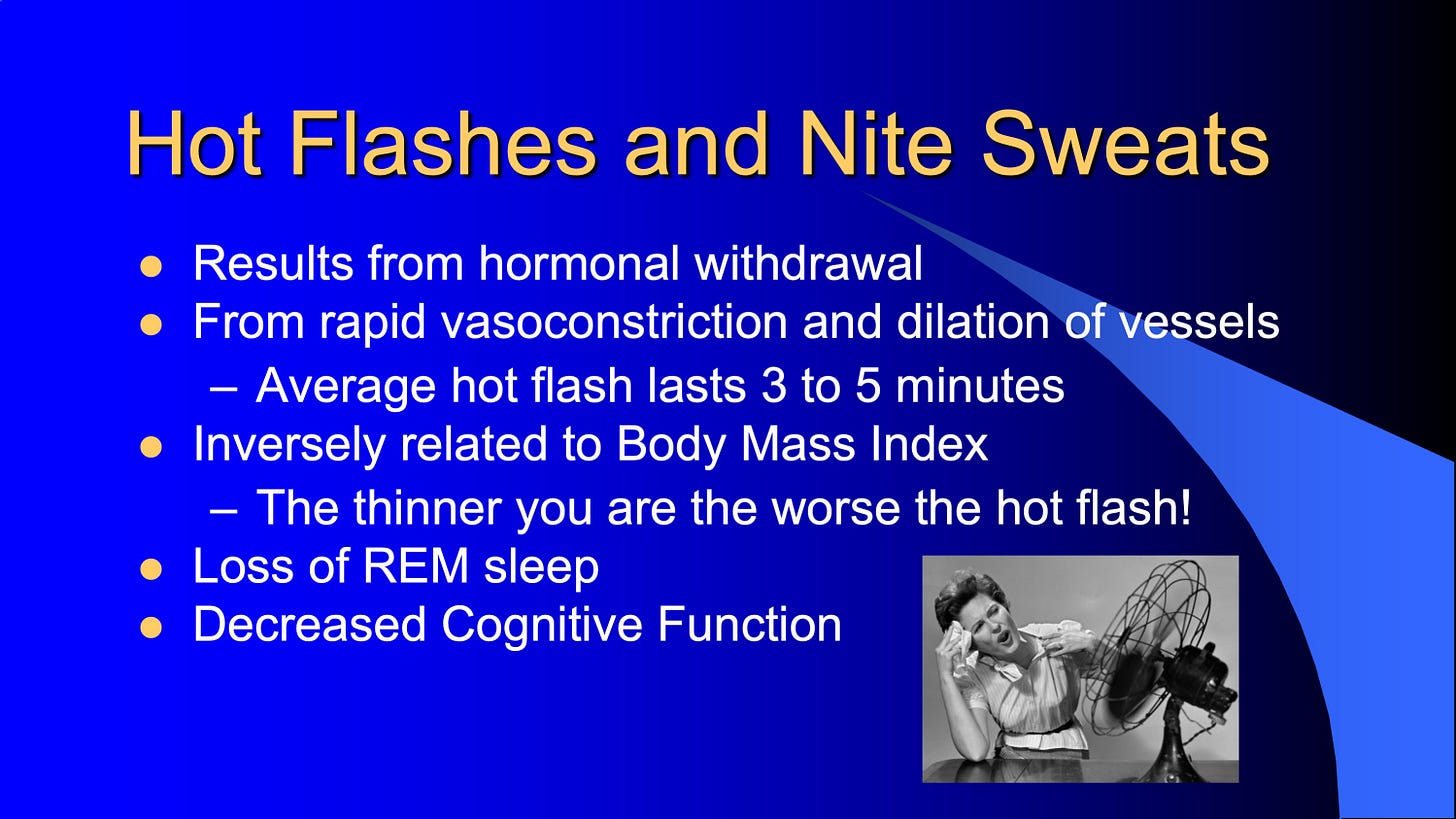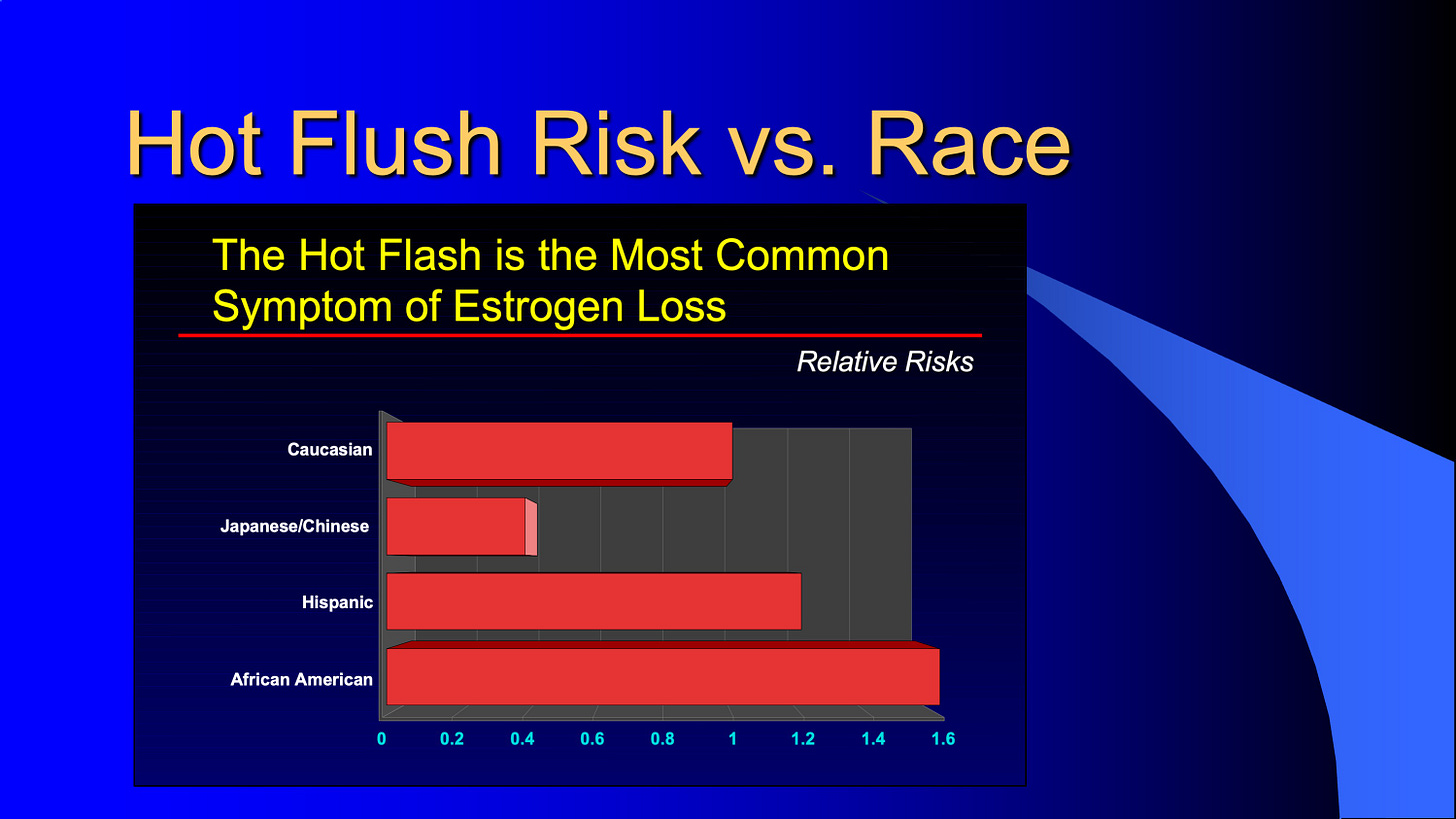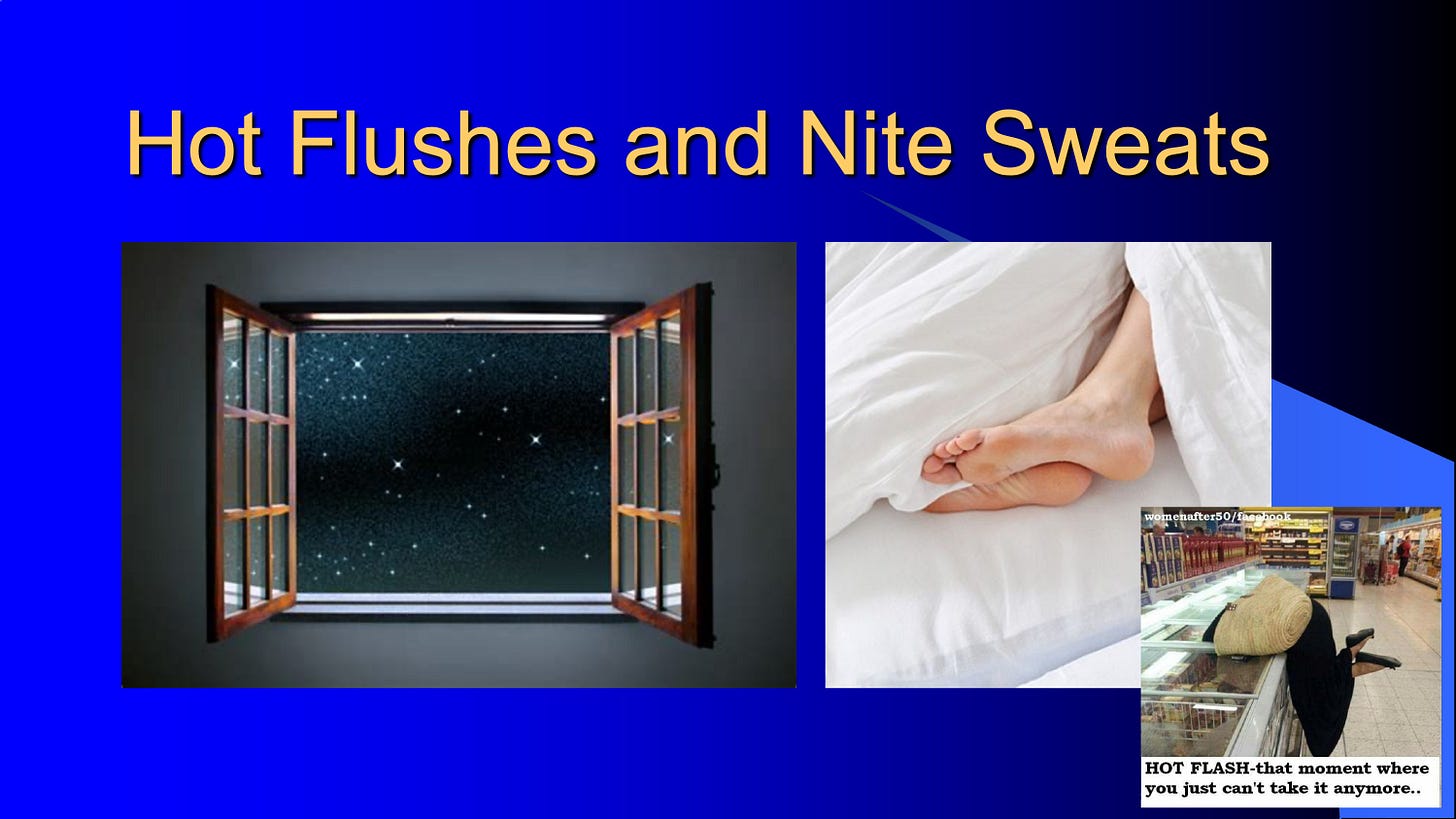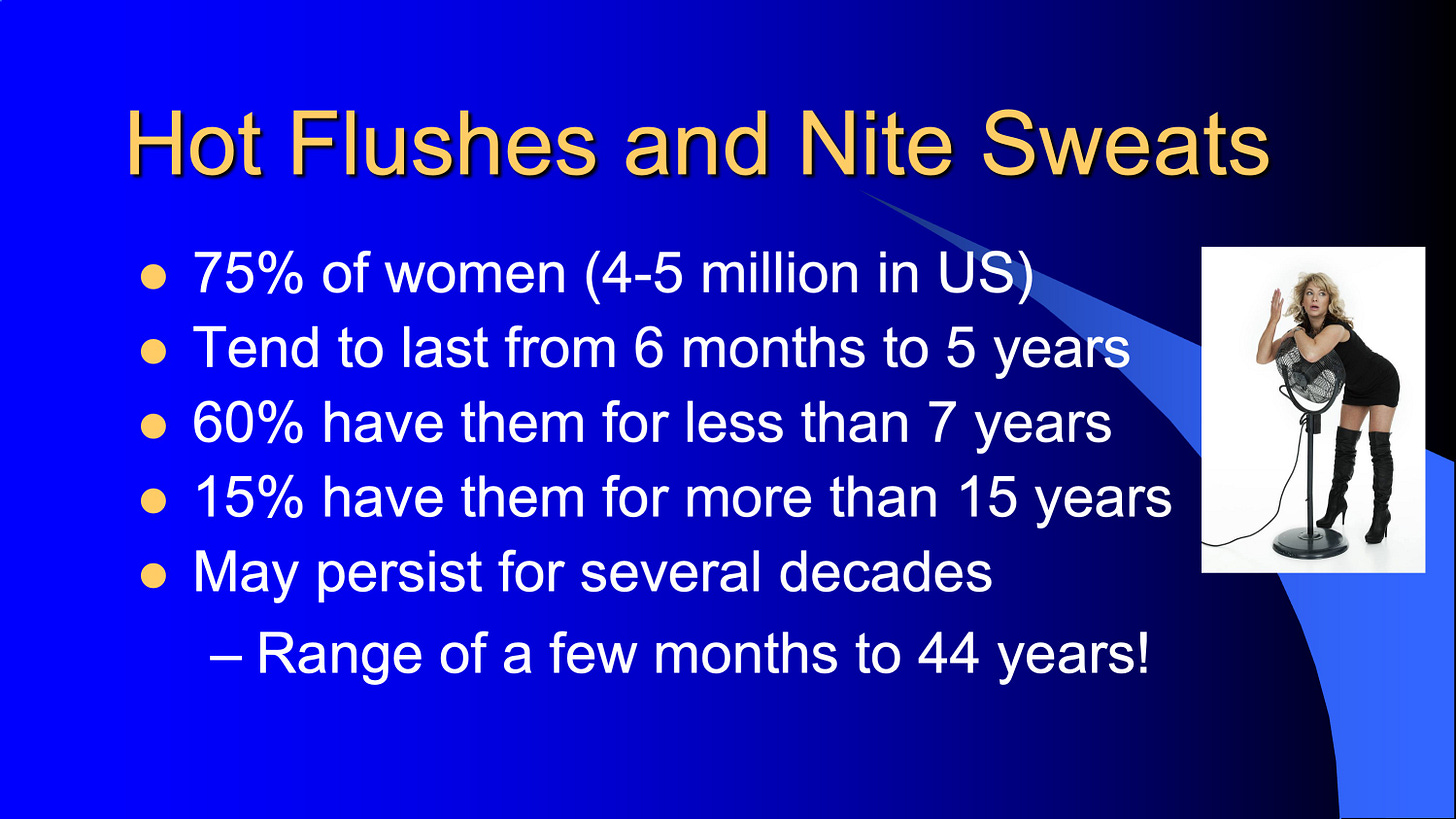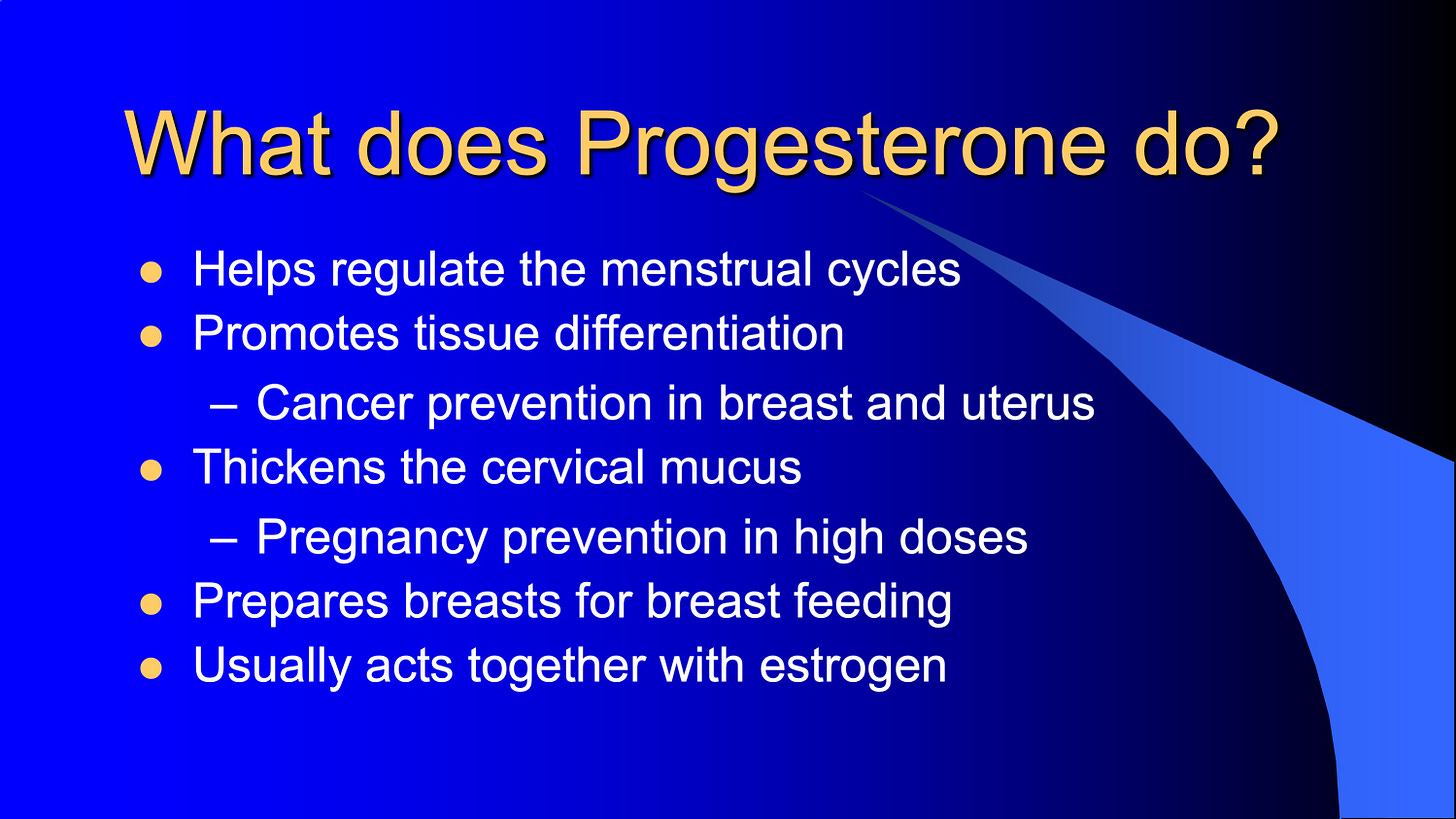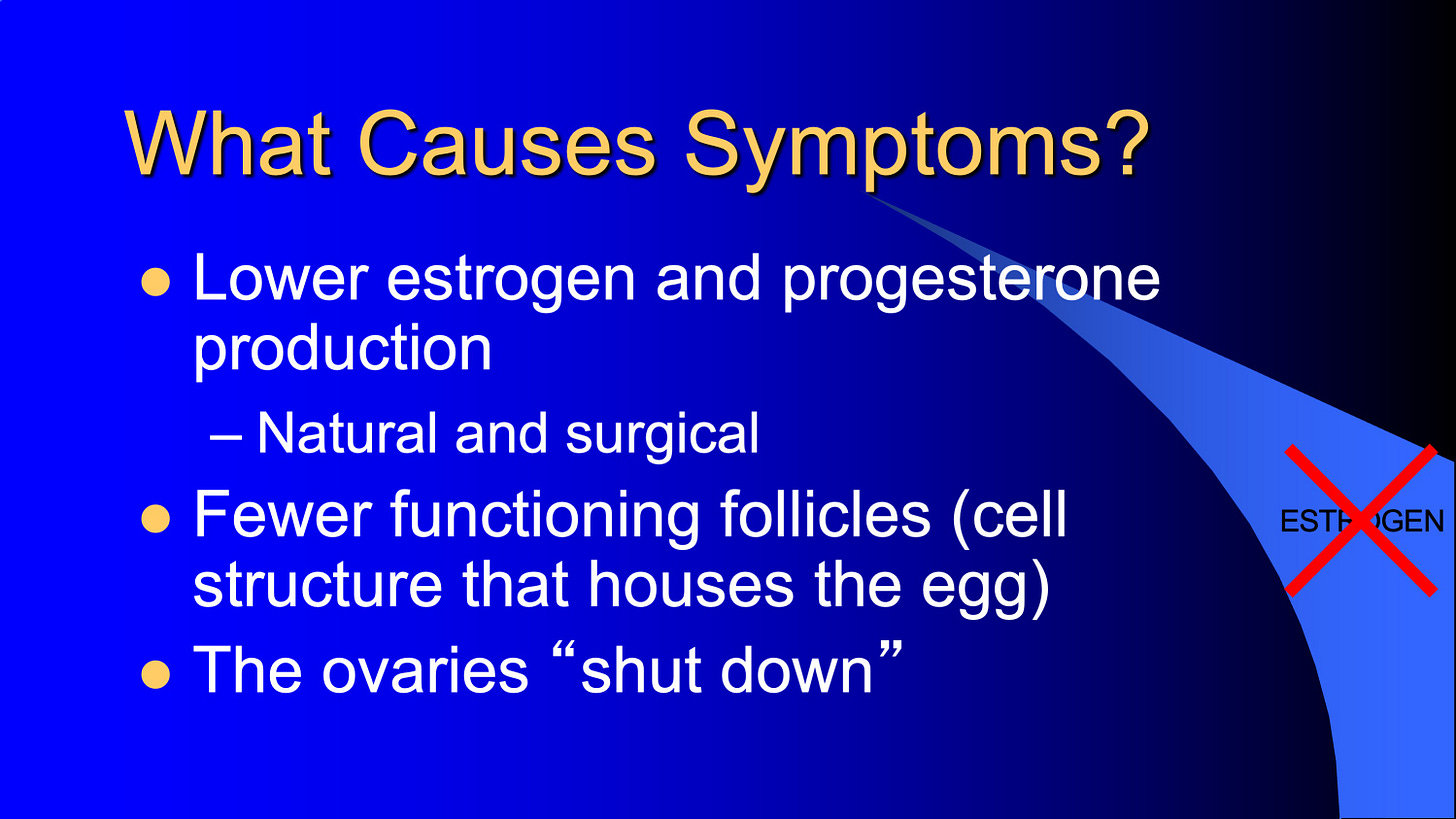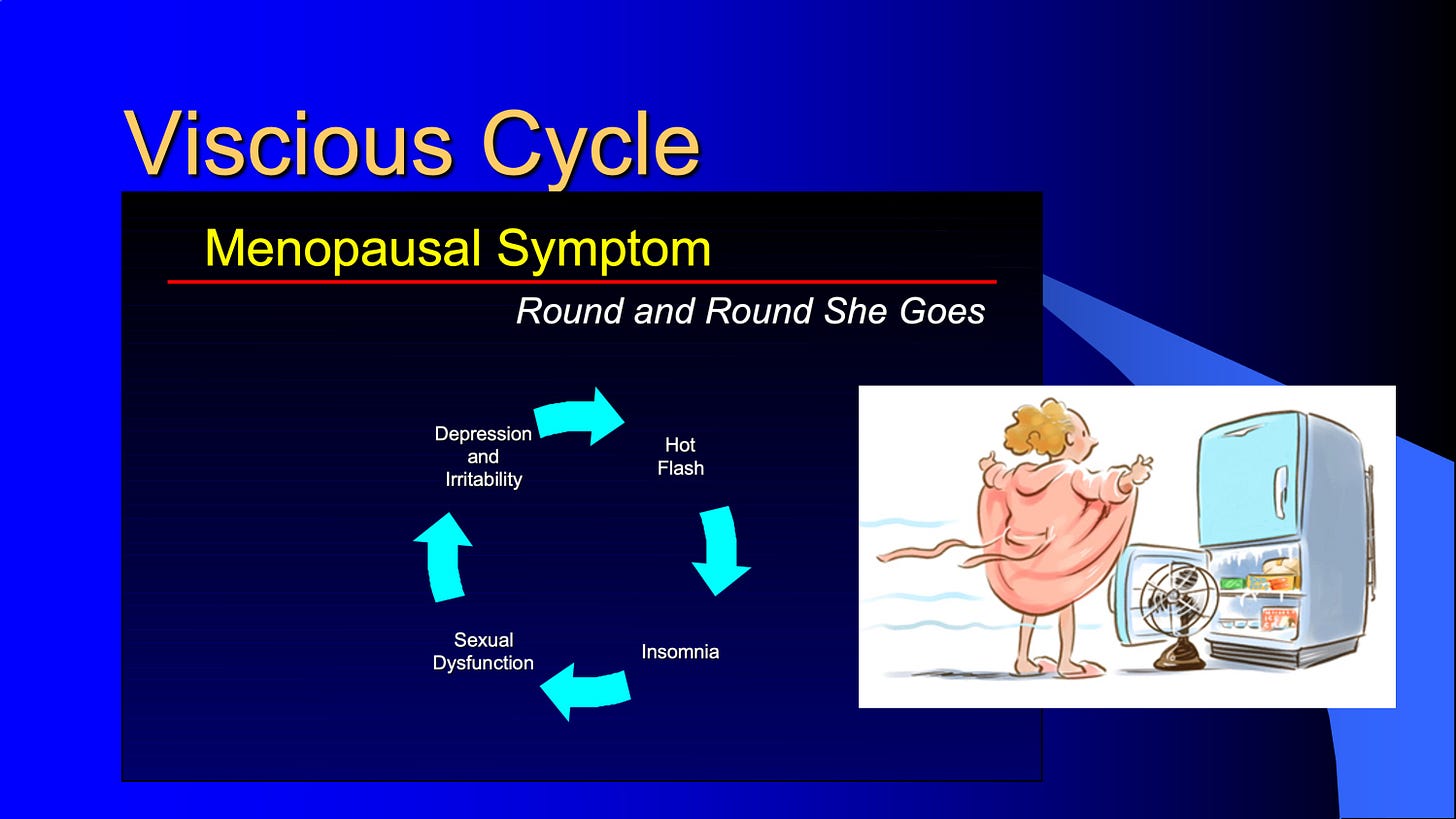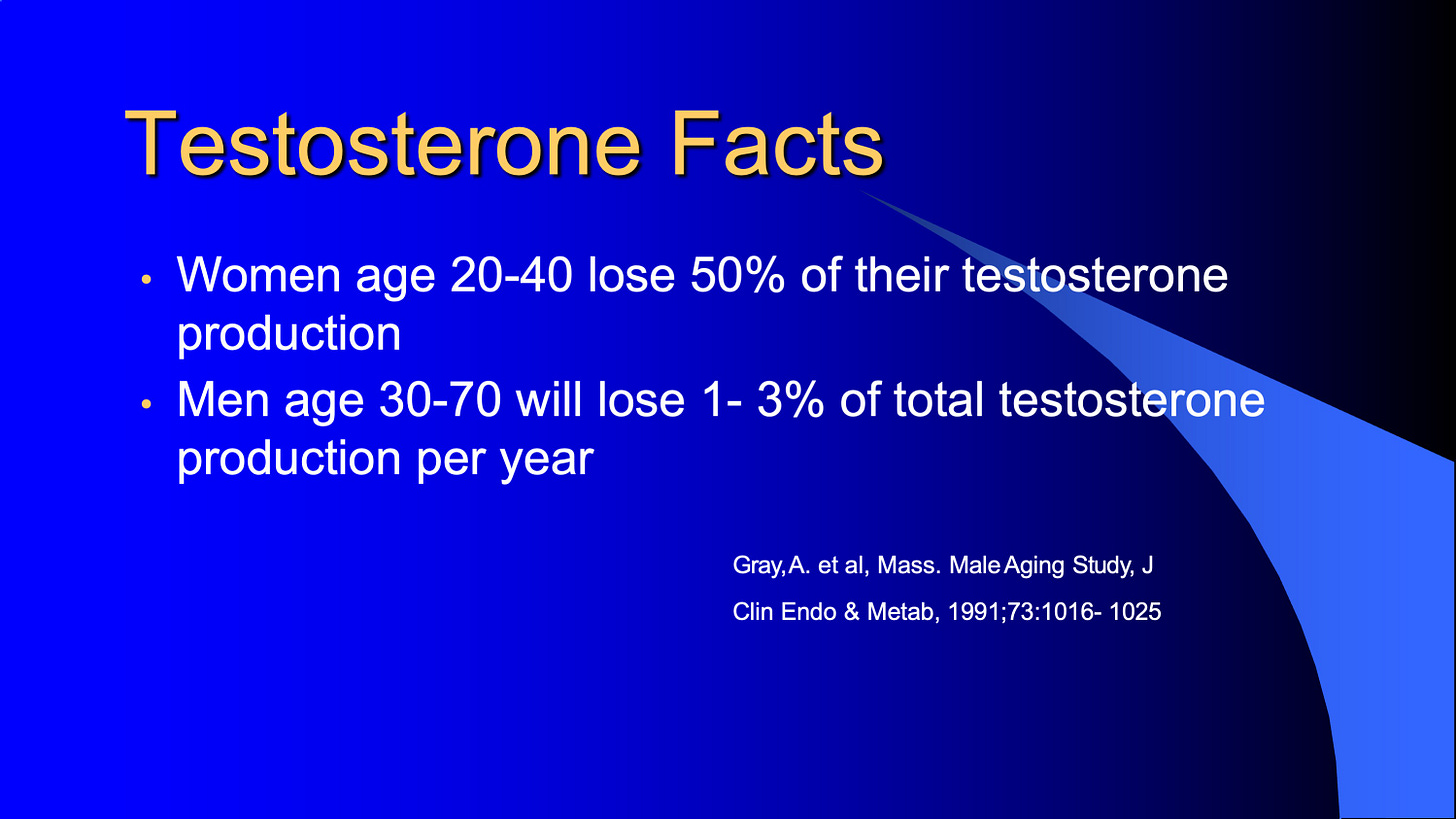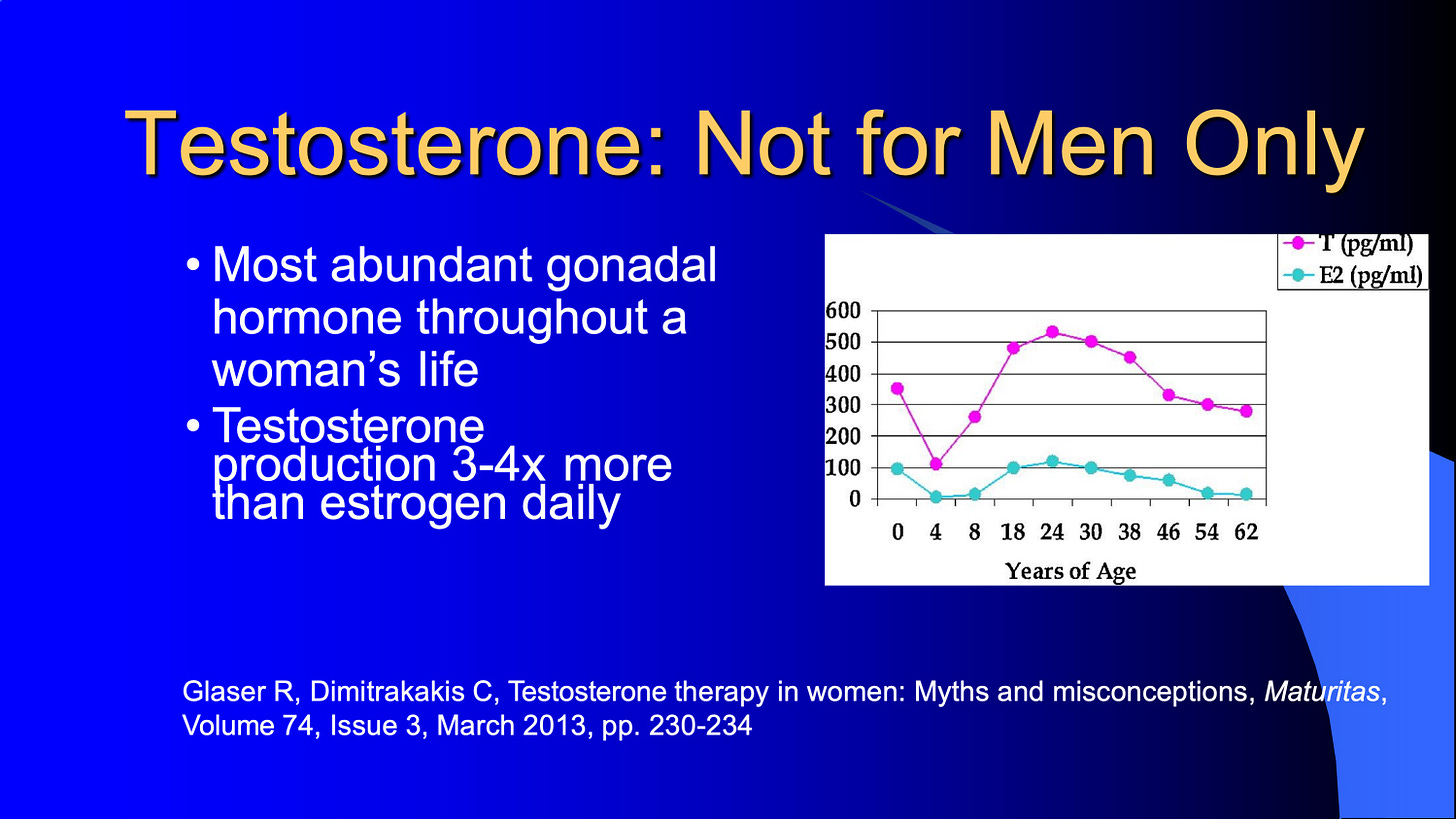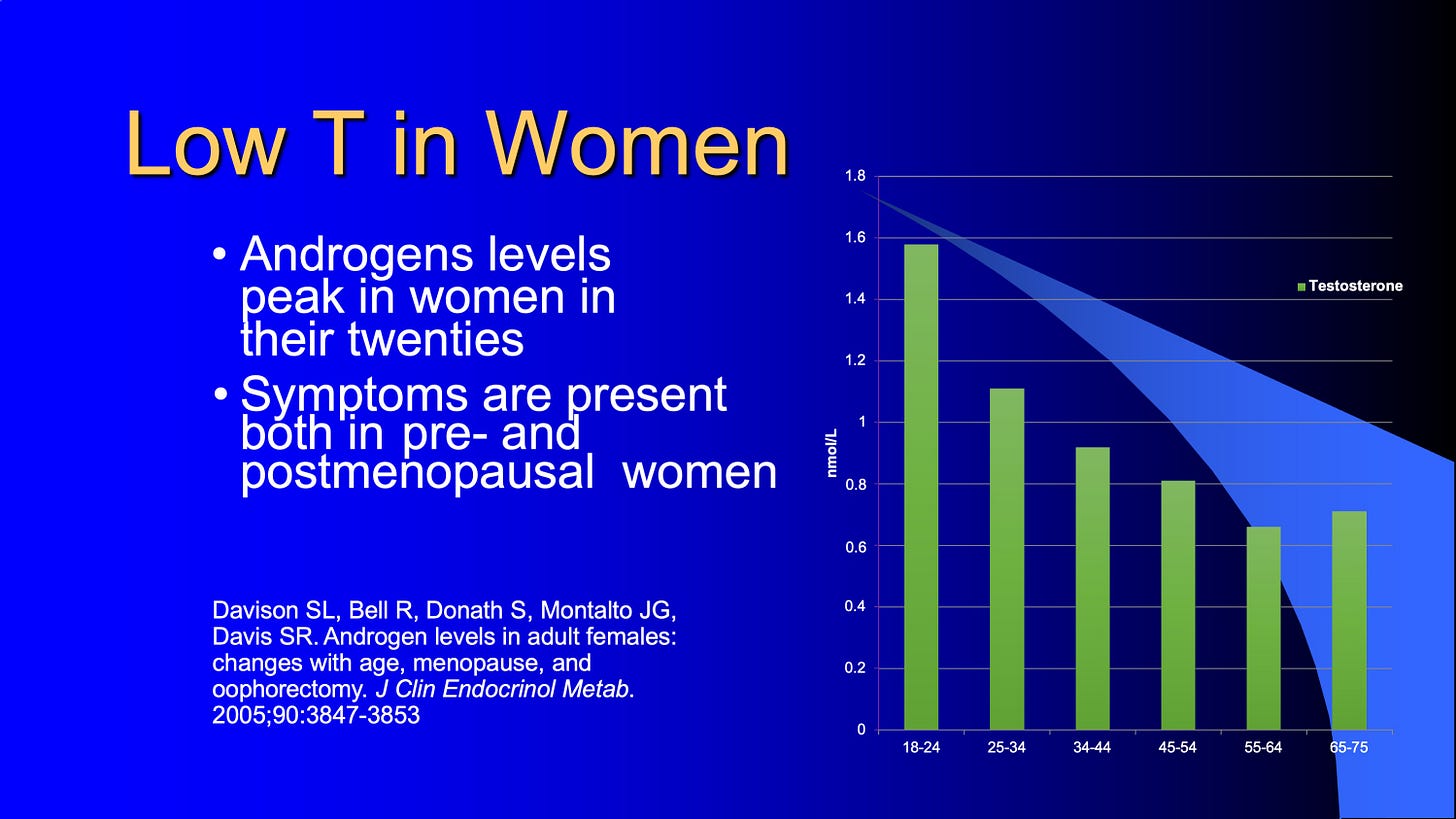Hot flashes, night sweats, kicking off the sheets at night, cracking the windows open. Air conditioner set on frostbite. Short tropical vacations without having to travel. Ughh! This menopause thing sucks for about 80% of women with the rest sailing on through with minimal symptoms. So lets do a brief rundown on facts vs fiction. I will give you the resources to do your own research too.
Life spans are increasing and have doubled in the past century. There are more women now in perimenopause and menopause than any time ever. And a whole third of your life may be spent in menopause. The average age of menopause is 51 but symptoms can start as early as 35 and last as long as age 65! That is all in the “normal” range. So like an accordion the length varies.
And is has a huge effect on women since they are more than half the population and make most of the medical decisions in the family. Most health care dollars are spent on women’s health. Perhaps unfair but that is just the facts.
So what is perimenopause and menopause? Here are the definitions:
Here are the most common signs and symptoms below:
This is how it is diagnosed below. Basically the ovaries stop working, your body stops making adequate estrogens, periods are gone. The lab test called FSH goes over 30.
When the ovaries quit working there is not enough estrogen in the body to maintain what is normal such as periods, thick skin, and temperature stability.
The hot flash is the most common symptom of Estrogen loss. A part of the brain controlling temperature is stabilized by estrogen and when that is gone it wrecks havoc on the body’s thermostat and you get this flushed feeling, turn red, and get anxious. Sometimes feels like a heart attach coming.
This blood flow decrease of menopause is a huge problem in the vagina and vulva because it is blood flow that maintains normal moisture and comfort. Blood flow keeps the collagen content high which means thicker skin that is not easily irritated or torn. Blood flow keeps the elastin content high which means elastic vaginal tissues with normal stretch. The elastin prevents your vagina from getting rigid. Collagen and Elastin prevent your vagina from shrinking up into a finger sized opening. Lastly, blood flow keeps the nerves nourished and functioning normally. Nerves with normal sensitivity need good blood flow. Loss of estrogen shrinks up the vessels and blood flow is diminished. It is awful.
The next thing to go is the loss of Progesterone. Another key hormone made in the ovaries but is lost with menopause. This is a summary of what Progesterone does:
People forget that Progesterone also is responsible for helping calm the mind, helping your sleep. Without it you may have a hard time going to sleep and staying asleep. It also has a breast cancer protective effect often forgotten. So in summary, the symptoms of menopause are largely caused by the drop in Estrogen and Progesterone levels.
So the Vicious Cycle goes round and round.
What else goes down in the perimeopausal and menopausal years? Your Testosterone. Most people think this is not important but it really is. Testosterone is quite important for not just men since it is the most abundant ovarian hormone throughout a woman’s life. Women make more of it than estrogen.
Low T in women shows itself in loss of sexual desire, difficulty in maintaining lean body mass.
OK. The Part 2 will cover the bad effects or hormone loss on the female body in more detail. We have lots to cover ahead. If you want to cheat and watch the whole presentation then go here to my Health and Hormones webinar that covers this entire topic. It is slightly over an hour long. It may change your attitudes and open your eyes. Check it out.






